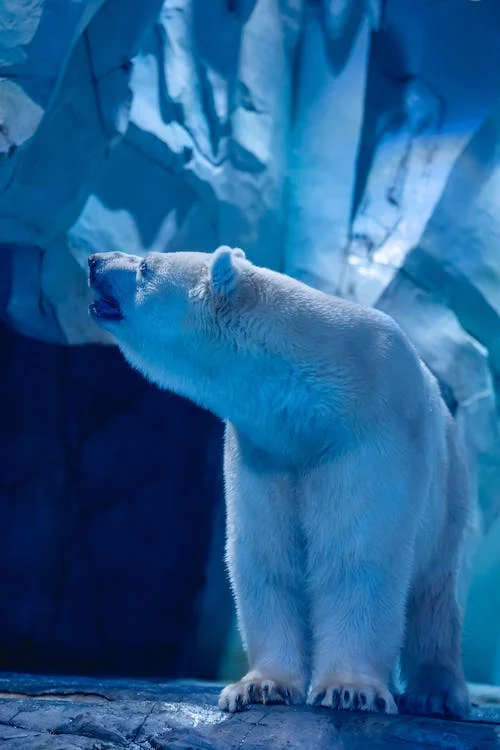In this article, I will share five important facts about wildlife removal. And, chances are, you didn’t know them before.
I sorted and assembled five of the essential facts after a tremendous amount of research.
If you are interested to learn them, let’s get started.
What Is Wildlife Removal?
Wildlife removal is the process of removing unwanted animals from an area. This can include animals like raccoons, skunks, squirrels, and larger animals like deer and coyotes. Wildlife removal can be done through trapping or exclusion.
Trapping involves setting traps for the animals and removing them once they are caught.
On the other hand, exclusion involves sealing off areas where the animals are getting in and then trapping or removing them once they are trapped.
What Are The Benefits Of Wildlife Removal?
There are several benefits to wildlife removal. First, it can help protect your property. Wildlife can damage roofs, insulation, and wiring, and they can also pose a threat to pets. In addition, removal helps keep you and your family safe from diseases spread by animals.
For example, raccoons are known to carry rabies, skunks can carry distemper, bats can carry rabies and histoplasmosis, opossums may carry leptospirosis, and deer can carry ticks that spread Lyme disease.
Removal can also help protect the environment. Wildlife can damage crops and gardens, and they can also introduce diseases into the local ecosystem.
Wildlife removal can help preserve natural habitats. When animals are removed from an area, it allows for new vegetation growth, making the area more hospitable to native wildlife.
What Are The Drawbacks Of Wildlife Removal?
There are a few downsides to wildlife removal. For one, trapping and relocation are expensive and not consistently effective. It can also be difficult, especially for larger animals like deer and coyotes.
In addition, removal often results in the animals dying, which can be gruesome. On the other hand, this is why trapping and exclusion are often preferable to animal euthanasia.
What about wildlife rescue?
Wildlife rescue is an excellent option for dealing with injured or orphaned animals. For example, if you find an injured deer in your backyard, you can contact a local wildlife rehabilitator to help you care for it. If you find an orphaned baby animal, you can raise it yourself or take it to a rehabilitator.
There are a few things to keep in mind when rescuing wildlife. First, be sure to contact a wildlife rehabilitator before attempting to care for an animal on your own. Wildlife is susceptible, and you don’t want to worsen their situation.
Second, be sure to keep wildlife in its natural environment as much as possible. With animals like raccoons, this can be challenging since they are used to being around people. Finally, check local laws before rescuing any wild animal.
Many states have specific rules for what you can do with injured or orphaned wildlife.
1. Trapping wildlife requires a trapping license
Many states require you to have a trapping license before legally trapping. In Texas, however, it is illegal to possess a live raccoon without a license. In California, it’s also illegal to transport any wild animal from zone 1 to zone two without the Department of Fish and Wildlife permission.
If you plan to trap or remove wildlife, be sure to contact your state’s wildlife agency.
2. It Is Illegal To Release or Relocate Animals Unless
You cannot release or relocate animals unless you are a licensed wildlife rehabilitator.
All 50 states require a wildlife rehabilitation license, according to the Wildlife Rehabilitation Information Directory.
There are also federal laws that apply to national parks and even military bases. Be sure to check with your state’s natural resources agency before moving forward with any relocation projects.
3. There Are Laws Regarding Nuisance Animals
Transporting or releasing a species of wildlife that does not naturally exist in a state is illegal in most states.
This means that you must get permission before releasing any species such as coyotes, squirrels, or raccoons. To ensure complete transparency to state laws, it is recommended to consult a reliable pest removal incorporation like Power Pest Control. They will know all nuances of state laws and ensure proper regulation of wild life.
Before beginning any relocation project, be sure to contact your state’s wildlife agency.
4. You Can Get In Trouble for Trapping and Removing Animals from Your Property
According to the Humane Society of the United States, it is illegal to trap and remove wild animals without a license in all 50 states.
You cannot take certain species like skunks and beavers unless you acquire a special trapping permit.
If you are planning to trap wildlife, check with the wildlife agency in your state.
5. Nuisance animals are also regulated
Nuisance animals are also regulated by the Department of Fish and Wildlife, in California. For example, the Department of Fish and Wildlife regulates all wildlife species.
This means that you need a permit to possess or take any wild animal. You also cannot release them into the wild without proper authorization.
Be sure to check with your state’s wildlife agency before starting any trapping or removal projects.
If you have trouble with wild animals on your property, contact a professional wildlife removal service.
Recommended: Check out the Best wildlife removal in Houston
Conclusion
Wildlife can be a headache for the property owner as they damage properties in multiple ways.
But you can’t just remove them if you wish to. There are some rules and regulations to do so.
I hope this article introduced some of the essential things you didn’t know before.
Comment below the facts mentioned that you didn’t know.

